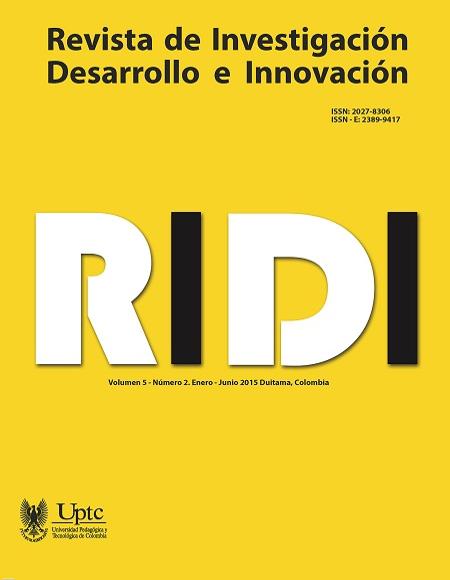Design of an algorithm for automatic correction of position in the PCB-drilled process using computer vision techniques

Abstract
An algorithm for position control in perforated "Through-Hole" process in manufacturing of Printed Circuit Board, is presented. This algorithm is capable of providing a mechanism for visual feedback to a Computer Numeric Control machine in such a way that can automatically, compensate, detect and correct possible errors in the position of the drilling tool, before and during the drilling process mentioned above. Experimental evaluation of the algorithm developed on a modified Computer Numeric Control machine of low cost and general purpose, included 105 samples chosen randomly, the detection position showed an accuracy of 0.4853±0. 202 mm. The results show that the measured error is suitable for the application and the needs of the industry of manufacture of Printed Circuit Board in circuit with elements "through-hole".
Keywords
PCB manufacture, machine vision, CNC, position correction.
Author Biography
Jeison A. Cárdenas
Estudiante de ingeniería de sistemas y computación, Universidad nacional de Colombia – Sede Bogotá, Colombia.
Flavio Augusto Prieto-Ortiz
Ingeniero Electrónico, PhD en ingeniería electrónica, Universidad Nacional de Colombia - Sede Bogotá, Colombia.
References
- Axelson, J. (2000). Parallel Port Complete. Lakeview Research.
- Bayram, M., Duman, E., & Duman, D. (2007). Allocation of Component Types to Machines in the Automated Assembly of Printed Circuit Boards. Journal of Computers, 2(7), 11-19.
- Cruz, F. (2004). Control numérico y programación: Sistemas de fabricación de máquinas automatizadas. Marcombo.
- De luca Penaccia, A., & De la Fraga, L. G. (2009). A tool for errors detection in printed circuit boards production. Journal of Applied Research and Technology, 7(1), 41-50.
- Heikkila, J. (1997). A four-step camera calibration procedure with implicit image correction. Computer vision and patter recognition 1997 proceedings.
- Hopkinson, J., & Lekka, C. (2013). Identifying the human factors associated with the defeating of interlocks on Computer Numerical Control (CNC) machines. Recuperado el 15 de agosto de 2014, de http://www.hse.gov.uk/: http://goo.gl/lr7vNA
- Jaganathan, L. (2005). Perspective Correction Methods for Camera Based Document Analysis. First International Workshop on Camera-Based Document Analysis and Recognition. Seoul, Korea. Intelligent media Processing laboratory.
- Kaushik, S., & Ashraf, J. (2012). Automatic PCB defect detection using image subtration method. International Journal of Computer Science and Network.
- Leonard, M. (2014). http://www.michaelhleonard.com/. Recuperado el 15 de octubre de 2014, de http://goo.gl/4JW1bO
- Ma, F., Cai, C., & Cai, L. (2013). Design and Analysis for the Y-axis Linking Part of PCB Drilling Machine. Telkomnika, Indonesian journal of electrical engineering, 11(4): 1916-1923.
- Opencv.org. (2014). opencv.org. Recuperado el 12 de noviembre de 2014, de http://docs.opencv.org/doc/tutorials/imgproc/imgtrans/canny_detector/canny_detector.html
- Opencv.org. (2014). opencv.org. Recuperado el 07 de noviembre de 2014, de http://docs.opencv.org/
- Robertson, C. T. (2003). Printed Circuit Board, Designer's reference: basics. Prentice hall.
- TeohOng, A., Bin Ibrahim, Z. & Ramli, Z. (2013). Computer machine vision inspection on printed circuit boards flux defects. American Journal of Engineering and Applied Sciences, 6(3), 263-273.
- Zuwairie, I., Abrahim, I., & Kalil, K. (2013). Noise Elimination for Image Subtraction in Printed Circuit Board Defect Detection Algorithm. International Journal of Computers & Technology, 10(2), 1317-1328.